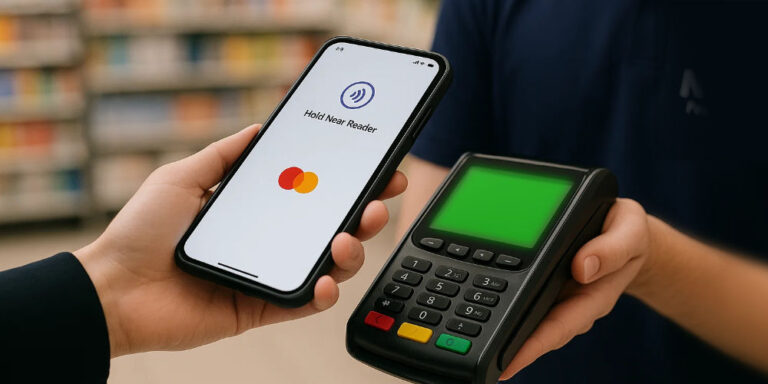Keep calm and carry on!
Language blocking, why it happens and how to get past it.
Duration: 50 minutes.
Here’s a breakdown of why it happens and how to work through it.
Language blocking, or code-switching interference, often happens when your brain is trying to choose between two competing language systems.
Why this Happens.
- Competition Between Languages
Your brain has two (or more) language systems stored, and sometimes they “compete” for access — especially under pressure or when you’re tired, anxious, or switching contexts quickly.
- Retrieval Delay
The word is in your memory, but the brain takes a moment to retrieve it. This can feel like a “block,” but it’s usually just a delay.
- Self-monitoring Overload
When you worry about being perfect or correct, you activate your “inner critic” — which actually slows down fluency.
- Vocabulary Gaps or Lack of Active Use
Even if you know a word passively, it might not be readily available for active use, especially if you haven’t said it aloud in a while.
Anxiety Can Make Language Blocks Worse.
Anxiety doesn’t just affect your feelings, it affects your brain’s performance, especially in tasks that require quick thinking, like speaking another language. Here’s how it works:
Anxiety hijacks your working memory.
Your brain only has so much “mental bandwidth” at any given moment. When you’re anxious, a big part of that bandwidth is taken up by worry thoughts:
- “Am I saying this right?”
- “They probably think I sound dumb.”
- “What if I make a mistake?”
These thoughts distract from the main task: finding words and expressing ideas. So even if you know what you want to say, your brain struggles to access it in real time.
The “Fight or Flight” effect.
When you’re anxious, your brain activates the amygdala, the part that controls the fear response. That shifts blood flow away from areas responsible for complex thinking and language — and toward more primitive survival responses. Result? You blank. You feel blocked. Your heart might race. You might feel like you “can’t think clearly.”
The anxiety–performance loop.
This is a vicious cycle:
- You try to speak.
- You get blocked or stumble.
- You feel anxious or embarrassed.
- That anxiety makes the next attempt harder.
- You avoid speaking — which reduces practice and fluency.
Over time, the fear of blocking becomes stronger than the block itself.
Perfectionism fuels anxiety
Many bilinguals (especially adults) feel pressure to be fluent and correct all the time. That pressure causes you to over-monitor yourself:
- “Is this the right word?”
- “Did I pronounce it perfectly?”
- “Is my grammar OK?”
This constant mental checking slows you down — and increases your chances of freezing.
Let’s watch this short video:
How to calm your anxiety.
How to break, language blocking.
1. Practice Thinking in the Target Language
- Start with 5 minutes a day. Narrate what you’re doing: “I’m making coffee. I’ll use this mug. It’s too hot.”
- This trains your brain to access words without translation.
2. Use “Bridges” When You’re Stuck
- Learn useful filler phrases that buy time while your brain catches up:
- “Let me rephrase that…”
- “What I’m trying to say is…”
- “How can I put this…”
- These help maintain flow, even when you’re searching for a word.
3. Focus on Communication, Not Perfection
- Fluency isn’t about sounding perfect, it’s about being understood.
- Instead of freezing, paraphrase: If you forget “investor,” say “the person who gives money to a business.”
4. Create Word Banks
- Build small, personalized lists of common words you often forget — related to work, daily life, or feelings.
- Practice using them in short sentences out loud or in writing.
5. Record Yourself Speaking
- Choose a topic. Speak for 1–2 minutes. Play it back.
- Notice where you pause or block. Practice those parts again. This builds awareness and confidence.
6. Join Conversation Groups or Use Language Apps
- Regular low-pressure speaking environments
(e.g., language exchange, speaking clubs, apps) keep your brain in “speaking mode.” - Make mistakes on purpose. The goal is to train fluency, not accuracy.
Mini mindset shift.
This small shift unlocks creativity and breaks the freeze.
Instead of thinking:
“I don’t know how to say this.”
Try thinking:
“How else can I say this?”








